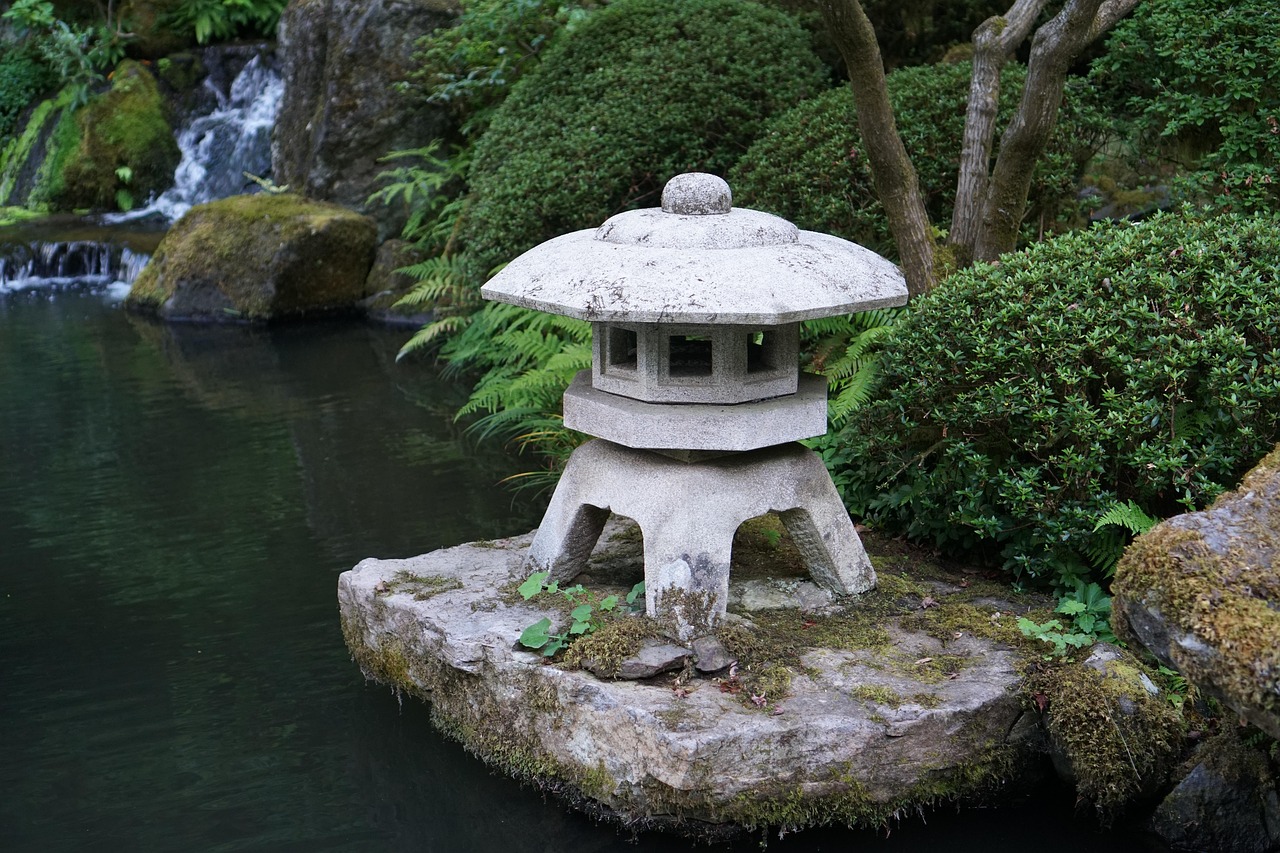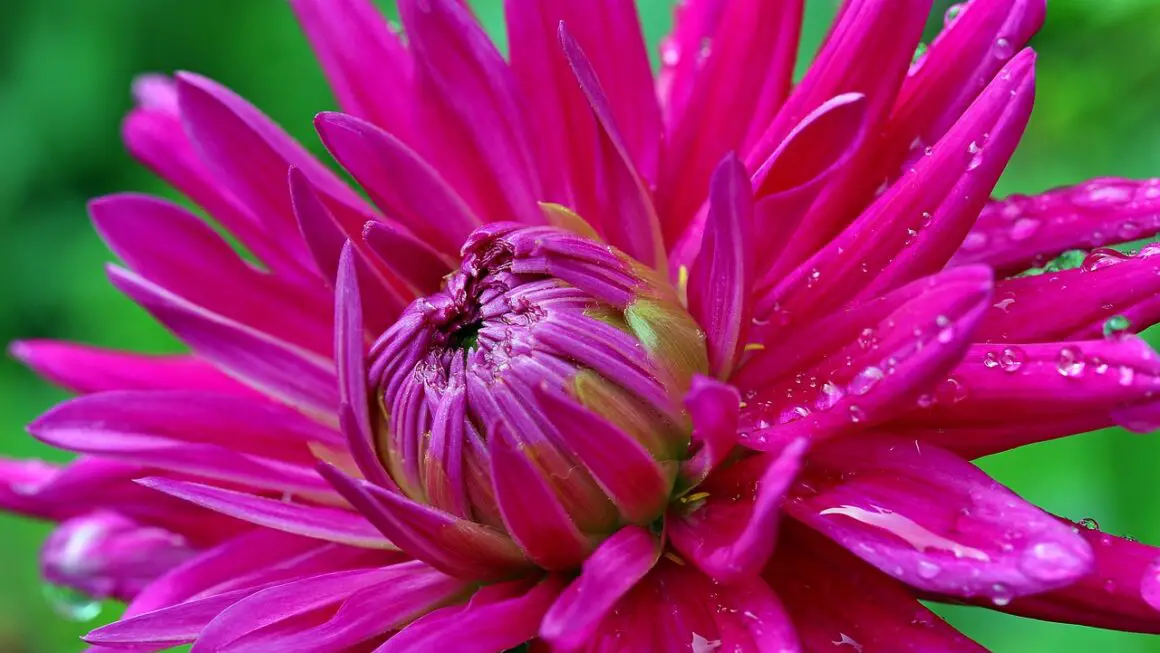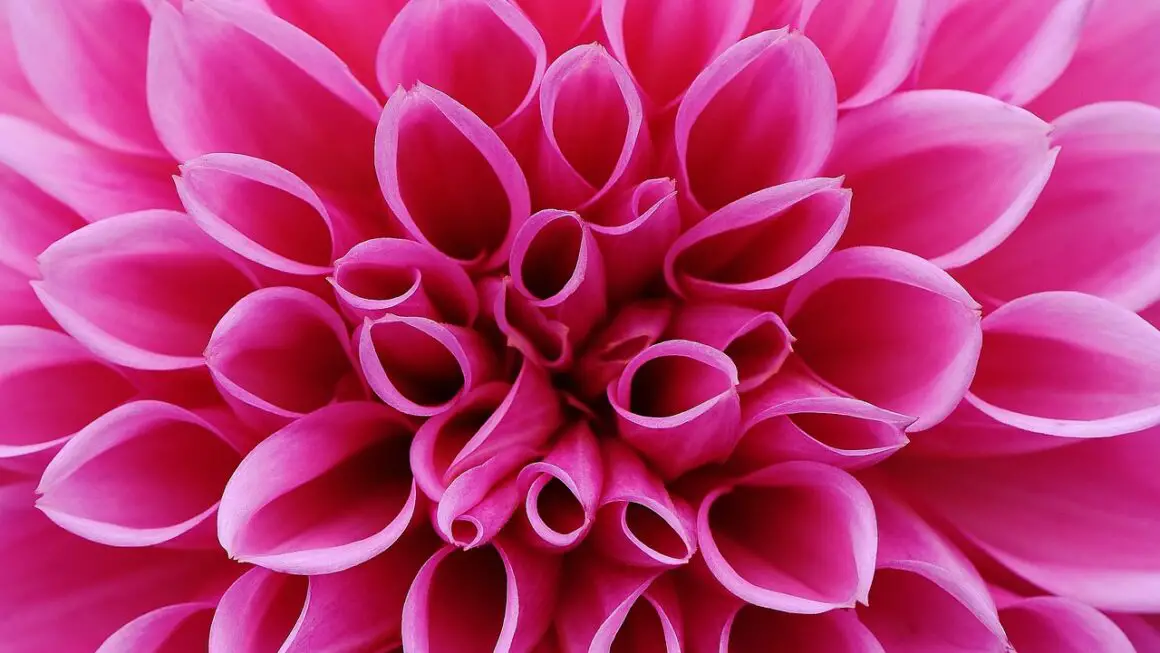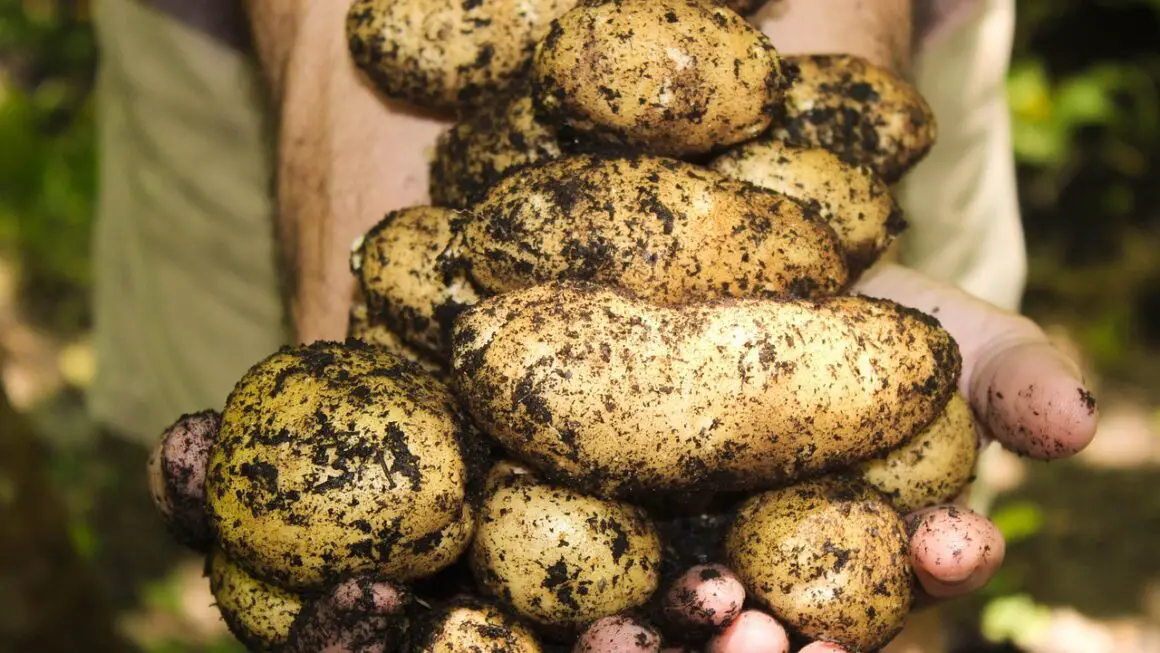Ready to transform your garden from lackluster to lush? One of the simplest, yet most impactful ways to achieve this is through the strategic use of garden mulch. More than just a pretty ground cover, mulch provides a wealth of benefits for your plants and soil, making it an essential tool for any gardener, from beginner to expert. This comprehensive guide will delve into the world of garden mulch, exploring its various types, benefits, application techniques, and more, so you can make informed decisions and cultivate a thriving outdoor space.
What is Garden Mulch and Why Use It?
Mulch is a layer of material applied to the surface of the soil. It’s a surprisingly versatile tool that can significantly improve the health and appearance of your garden. Understanding its purpose is the first step to successful mulching.
Definition and Purpose
Mulch acts as a protective blanket for your soil, offering several crucial advantages:
- Moisture Retention: Mulch helps to reduce evaporation from the soil surface, keeping roots hydrated, especially during hot and dry periods. Studies have shown that mulching can reduce water loss by as much as 50%.
- Weed Suppression: By blocking sunlight from reaching weed seeds, mulch inhibits their germination and growth, reducing the need for herbicides and backbreaking weeding.
- Temperature Regulation: Mulch insulates the soil, keeping it cooler in the summer and warmer in the winter, protecting plant roots from extreme temperature fluctuations.
- Soil Improvement: Organic mulches decompose over time, adding valuable nutrients and organic matter to the soil, improving its structure and fertility.
- Erosion Control: Mulch helps to prevent soil erosion caused by wind and rain, keeping valuable topsoil in place.
- Aesthetic Appeal: A well-mulched garden simply looks neater and more attractive, providing a polished and professional finish.
Organic vs. Inorganic Mulch
Choosing the right type of mulch is crucial for achieving your gardening goals. There are two main categories: organic and inorganic.
- Organic Mulch: Derived from natural materials, organic mulches decompose over time, enriching the soil. Examples include:
Wood Chips: Readily available and relatively inexpensive, wood chips are a good all-purpose mulch.
Example: Cedar chips are known for their insect-repelling properties.
Shredded Bark: A popular choice for its attractive appearance and slow decomposition rate.
Example: Pine bark is slightly acidic, making it beneficial for acid-loving plants like azaleas and rhododendrons.
Straw: An excellent choice for vegetable gardens, straw decomposes quickly and adds nutrients to the soil.
Example: Use straw that is free from seeds to avoid introducing weeds.
Compost: A nutrient-rich option that provides excellent soil amendment.
Example: Use well-rotted compost to avoid burning plant roots.
Pine Needles: Ideal for acid-loving plants and offer good drainage.
Example: They decompose slowly, providing long-lasting benefits.
- Inorganic Mulch: Made from synthetic or mineral materials, inorganic mulches do not decompose and provide primarily weed suppression and moisture retention. Examples include:
Gravel: Provides excellent drainage and is suitable for rock gardens and xeriscaping.
Landscape Fabric: Used as a barrier beneath other mulches to prevent weeds from growing.
Rubber Mulch: Made from recycled tires, rubber mulch is long-lasting but doesn’t improve soil.
Types of Organic Garden Mulch
Organic mulches not only suppress weeds and conserve moisture, but also enrich the soil as they break down. Choosing the right organic mulch depends on your plants, soil type, and aesthetic preferences.
Wood Chips and Shredded Bark
These are widely available and cost-effective options suitable for various landscaping needs.
- Benefits:
Suppresses weeds effectively.
Conserves soil moisture.
Adds organic matter as it decomposes.
Visually appealing.
- Considerations:
May attract certain insects if not properly composted.
Can become acidic over time.
- Practical Tip: Use aged or composted wood chips to minimize the risk of nitrogen depletion in the soil. Nitrogen depletion may occur if wood chips are too ‘fresh’ when added.
Straw and Hay
Ideal for vegetable gardens and areas where soil enrichment is a priority.
- Benefits:
Excellent for weed suppression and moisture retention.
Adds nutrients to the soil as it decomposes.
Lightweight and easy to spread.
- Considerations:
Can contain weed seeds if not sourced carefully.
May decompose quickly and require frequent replacement.
- Practical Tip: Use straw rather than hay to minimize the risk of introducing weed seeds. Ensure it’s clean and dry before application.
Compost
A fantastic soil amendment that also serves as a valuable mulch.
- Benefits:
Enriches the soil with essential nutrients.
Improves soil structure and water retention.
Suppresses weeds and conserves moisture.
- Considerations:
Can be more expensive than other mulch options.
May need to be replenished more frequently.
- Practical Tip: Use well-rotted compost to avoid burning plant roots. Apply a thin layer of 1-2 inches for optimal results.
Pine Needles
A great choice for acid-loving plants.
- Benefits:
Acidifies the soil, benefiting plants like azaleas and rhododendrons.
Provides excellent drainage.
Decomposes slowly, offering long-lasting benefits.
- Considerations:
May not be suitable for all types of plants.
Can be difficult to find in some regions.
- Practical Tip: Collect pine needles from your own yard or purchase them from a local garden center. Apply a layer of 2-3 inches around acid-loving plants.
Applying Garden Mulch: Best Practices
Knowing how to apply mulch correctly is just as important as choosing the right type. Improper application can lead to problems such as root rot or pest infestations.
When to Mulch
The best time to mulch depends on your goals and climate:
- Spring: Ideal for weed suppression, moisture retention, and adding nutrients to the soil as plants begin to grow.
- Fall: Helps to insulate the soil and protect plant roots from winter temperature fluctuations. Fall mulching can also prevent soil erosion during the off-season.
- Year-Round: Mulch can be applied anytime to maintain soil health and appearance, but spring and fall are generally the most beneficial times.
How to Apply Mulch
Follow these steps for optimal results:
Common Mistakes to Avoid
- Over-Mulching: Applying too much mulch can suffocate plant roots and lead to rot.
- Volcano Mulching: Piling mulch against the trunks of trees can create a moist environment that attracts pests and diseases.
- Using the Wrong Type of Mulch: Choose mulch that is appropriate for your plants and soil type.
- Ignoring Existing Weeds: Mulching over existing weeds will only suppress them temporarily; remove them first for best results.
Troubleshooting Common Mulch Problems
Even with careful planning, you might encounter a few challenges with your mulch. Here’s how to address them.
Mold and Fungus
Sometimes, mold or fungus can grow on the surface of the mulch, especially in damp or shaded areas.
- Causes: Excessive moisture, poor air circulation, or the presence of decaying organic matter.
- Solutions:
Improve air circulation by removing excess mulch or pruning nearby plants.
Rake the mulch to break up any clumps and allow it to dry out.
Consider using a different type of mulch that is less prone to fungal growth.
Pest Infestations
Certain pests, such as slugs, snails, and rodents, can be attracted to mulch.
- Causes: A moist and sheltered environment that provides food and habitat for pests.
- Solutions:
Remove excess mulch to reduce hiding places for pests.
Use traps or baits to control pest populations.
Consider using a mulch that is less attractive to pests, such as gravel or crushed stone.
Nutrient Depletion
In rare cases, decomposing mulch can temporarily deplete nitrogen from the soil.
- Causes: The decomposition process requires nitrogen, which can be drawn from the surrounding soil.
- Solutions:
Use composted or aged mulch, which has already undergone some decomposition.
Apply a nitrogen-rich fertilizer to the soil to compensate for any depletion.
* Incorporate organic matter into the soil to improve its nutrient-holding capacity.
Conclusion
Garden mulch is a powerful tool that can significantly enhance the health, appearance, and productivity of your garden. By understanding the different types of mulch, their benefits, and proper application techniques, you can create a thriving outdoor space that is both beautiful and sustainable. Whether you’re looking to suppress weeds, conserve moisture, improve soil quality, or simply add a touch of elegance to your landscape, mulch is an indispensable resource for any gardener. So, grab a shovel, choose your mulch wisely, and get ready to transform your garden into a verdant paradise!



